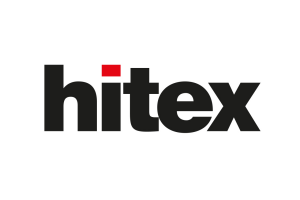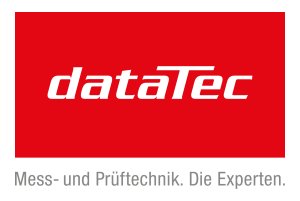Interview with Rohde & Schwarz
”Connectivity, AI and efficiency are driving embedded innovation”
Connectivity, AI integration and energy efficiency are shaping the future of embedded systems - with challenges, but also opportunities for test and measurement technology, as Dr. Philipp Weigell, Vice President Market Segment Industry, Components, Research & Universities, Rohde & Schwarz, explains.
Markt & Technik: Dr. Weigell, what are currently the most important trends driving the development of embedded systems?
Dr. Philipp Weigell, Rohde & Schwarz: We are currently seeing three key trends: the increasing connectivity through the Internet of Things, the integration of artificial intelligence into embedded systems and the increasing demand for energy-efficient solutions. These developments significantly drive the pace of innovation and functionality of embedded systems.
What is the role of test and measurement in this context?
Embedded developers face several test and measurement challenges, especially in the conflict between regulations such as the Radio Equipment Directive – RED – and cost and deadline pressures. This includes ensuring precision and accuracy in different environments and miniaturizing sensors for compact systems. Real-time data processing is crucial, while energy efficiency is a high priority in battery-operated devices. T&M solutions tailored to these challenges, such as specialized assistants to help ensure regulatory compliance, are a valuable help.
In which segments do you see the highest potential for innovation?
The greatest innovation potential lies in the development of SiC semiconductors that enable more efficient power supplies, where specialized probes are crucial for contacting. Moreover, the generation of training data with T&M solutions opens up new possibilities for training AI models. Another key area is addressing electromagnetic compatibility – EMC – challenges, especially with the wide range of RF interfaces used in modern embedded systems.
How will the T&M industry benefit from developments in the embedded sector in short, medium, and long term?
In the short term, the growth of smart devices will lead to a large number of new players and markets in test and measurement, as the demand for precise measurement solutions grows. In the medium term, interoperability challenges and decreasing energy consumption limits will create new test and measurement requirements that require innovative approaches. In the long term, progressive miniaturization, coupled with higher data rates and the increasing influence of optical technologies, will create new markets and position T&M equipment as a key technology for the next generation of embedded systems.
The questions were asked by Nicole Wörner.







